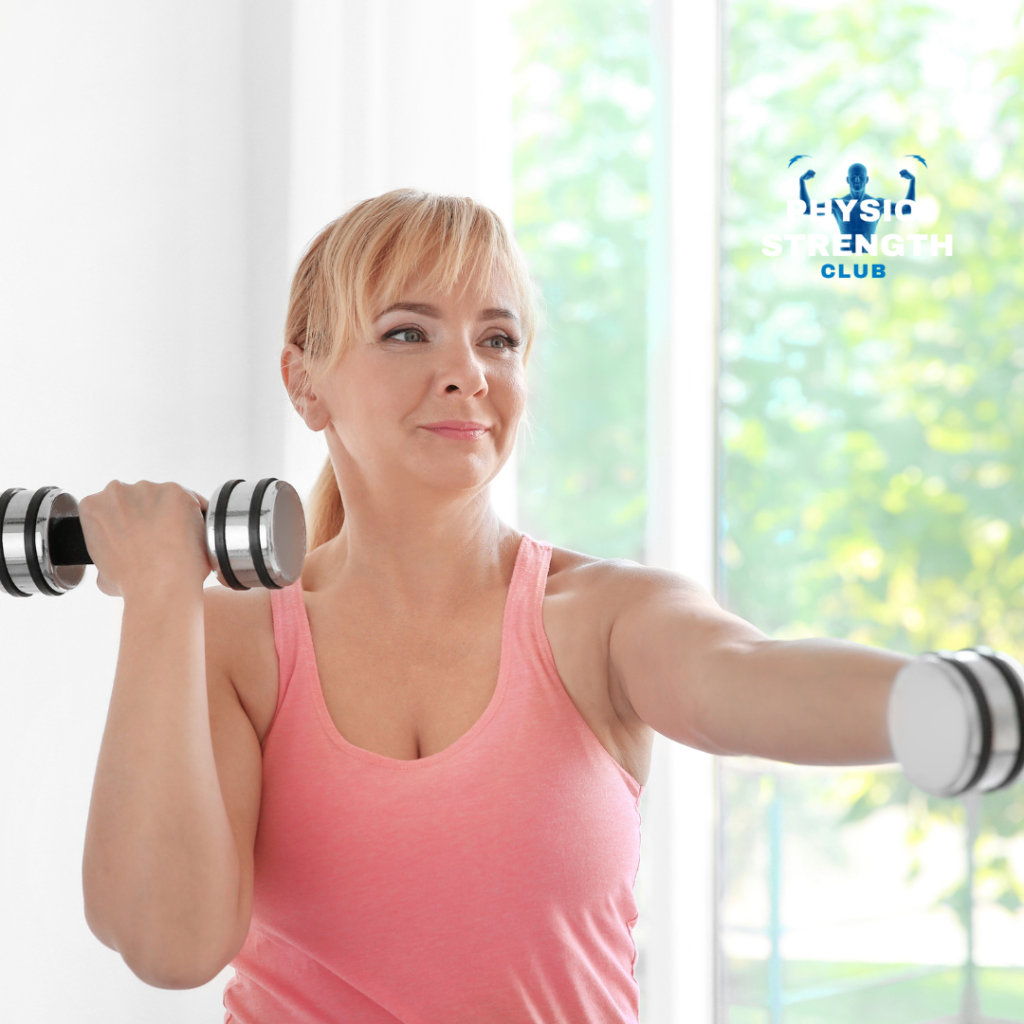As we age, our bodies undergo various changes. One of the most significant concerns associated with aging is the gradual loss of muscle mass, a condition known as sarcopenia. This muscle loss not only affects our physical strength but can also lead to a decline in overall health and well-being. However, there is a solution – resistance training. In this article, we will explore the science of building muscle through resistance training and how it can significantly impact our lives.
Understanding Sarcopenia
Sarcopenia is a common age-related condition that involves the loss of muscle mass and function. It can lead to a variety of issues, including a reduced ability to perform daily tasks, increased risk of falls and fractures, and a decline in overall health. While aging itself contributes to this muscle loss, other factors, such as hormonal changes, lifestyle, and nutrition, also play crucial roles in its development.
The Importance of Muscles
Muscles are not only responsible for our physical strength but are also essential for maintaining overall health. They play a vital role in supporting our skeletal system, regulating metabolism, and even influencing our emotional well-being. Therefore, preserving muscle mass is not just about maintaining a muscular physique; it’s about ensuring that we can lead active and independent lives as we grow older.
The Role of Resistance Training
Resistance training, also known as strength or weight training, is a highly effective way to counteract the muscle loss associated with aging. The primary principle of resistance training is to challenge the muscles by applying external forces against them. This process stimulates the growth and maintenance of muscle fibers.
Choosing the Right Exercise
Weight training is often considered the most effective method for resistance training. While some individuals may feel intimidated by the idea of lifting weights, it is an optimal solution for building muscle. However, other activities such as Pilates and yoga can also help strengthen muscles, even if to a lesser extent.
Resistance Training for Men and Women
Both men and women experience muscle loss as they age. However, the patterns and rates of muscle loss can differ between the two sexes. Men typically experience a gradual decline in muscle mass, while women may face accelerated muscle loss, particularly around the time of menopause. This means that maintaining muscle strength and function is crucial for both genders, but women may need to be particularly mindful during and after menopause.
Minimal Time, Maximum Gains
The good news is that you don’t need to spend hours in the gym each day to experience the benefits of resistance training. A minimal time commitment can lead to substantial muscle gains. Studies have shown that even two half-hour sessions per week can significantly improve muscle mass and strength.
Selecting the Right Exercises
Resistance training often focuses on three core movement patterns: pressing, pulling, and hip hinge movements. These exercises target various muscle groups throughout the body. By incorporating these movements into your workout routine, you can effectively address muscle loss and maintain your overall strength.
Light Weights and High Repetitions
One misconception about resistance training is that you need to lift extremely heavy weights to see results. However, recent research has shown that lighter weights can be just as effective if you perform high repetitions and challenge your muscles. Lighter weights with increased repetitions can be beneficial for individuals with joint mobility issues or those concerned about potential injuries.
Combining Cardio and Resistance Training
While resistance training is essential, it doesn’t mean you should entirely neglect cardiovascular exercise. Cardiovascular workouts can help improve your heart health, endurance, and overall fitness. You can easily incorporate cardio by adding walking to your daily routine, aiming for around 10,000 steps per day. Balancing both resistance and cardio exercises is the key to achieving comprehensive health benefits.
The Importance of Adherence
One of the most critical factors in any exercise routine is adherence. Regardless of the specific regimen you choose, maintaining consistency in your workouts is essential. Resistance training and cardiovascular exercise should become a part of your lifestyle, similar to brushing your teeth, to ensure long-term health and muscle maintenance.
Conclusion
Sarcopenia and age-related muscle loss are not inevitable consequences of growing older. By understanding the significance of muscles and the science of resistance training, we can take proactive steps to improve our overall health and maintain our independence as we age. The key is to find a balanced routine that suits your lifestyle, addresses your unique concerns, and prioritizes adherence. Embrace resistance training as a powerful tool to build muscle and unlock the potential for a healthier, more active life, no matter your age.
Yours optimally,
Scott

